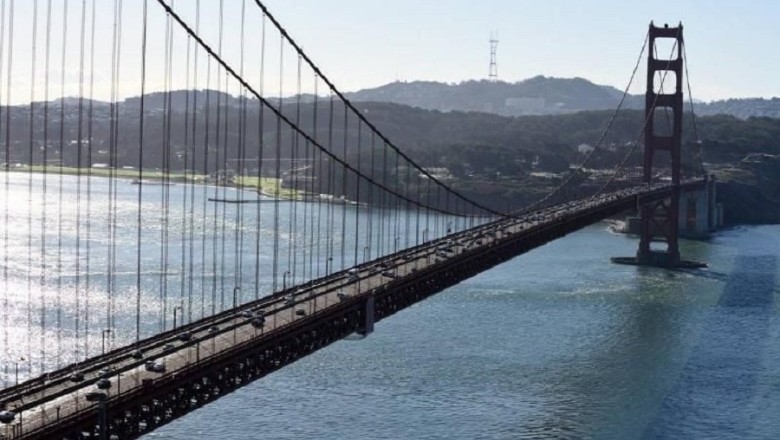
views
Lost discoveries under the Golden Gate Bridge thought to be forever lost, sensational discovery
Since 1937, the Golden Gate Bridge has spanned the strait leading to the San Francisco Bay. But while the bridge has been a tourist magnet for nearly 100 years, there are hidden secrets believed to be forever lost beneath it.
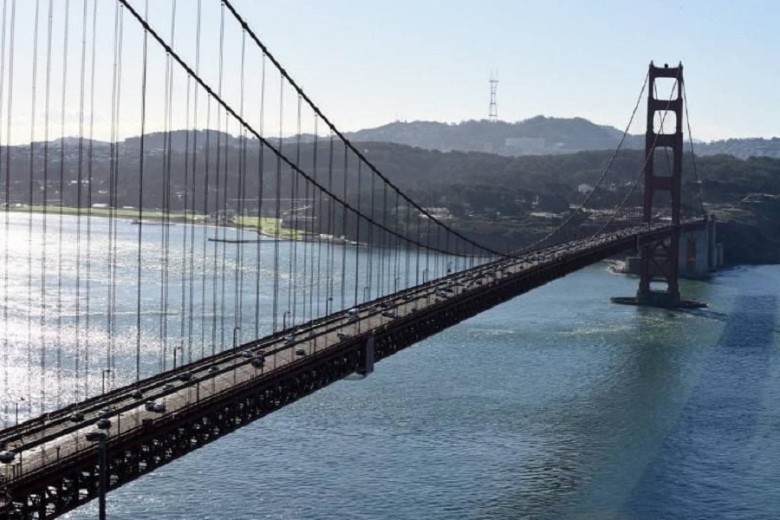
With the help of a groundbreaking underwater robot, researchers have now been able to uncover some of these eerie secrets. Secrets that were hidden beneath the Golden Gate Bridge and already thought to be forgotten. What they found is hauntingly extraordinary.
One of the most famous landmarks in the United States
The rust-colored structure of the Golden Gate Bridge, stretching nearly two miles over the San Francisco Bay, is undoubtedly one of America's most famous landmarks. People from all over the world travel to the San Francisco area to marvel at its engineering.
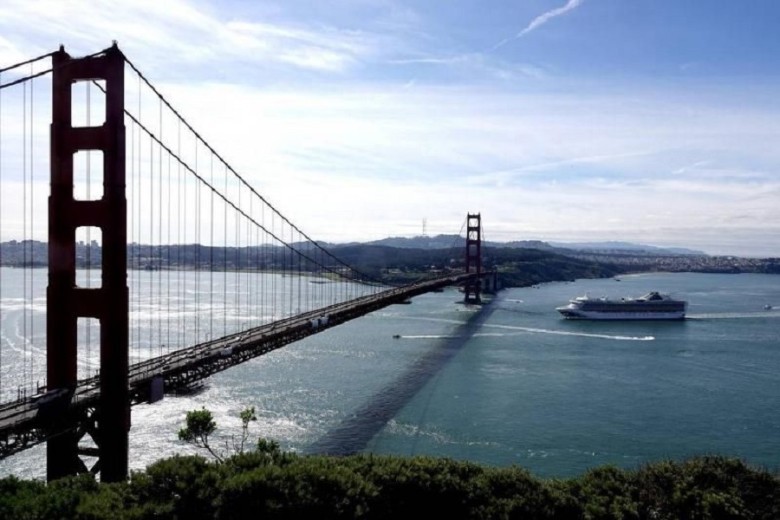
But while people gaze at the bridge, they forget that the water it towers over holds more secrets of its own. Now, with the help of underwater robots, the NOAA has taken on the task of uncovering stories from the past.
The bridge attracts around 27,000 visitors per day
According to Bold Italic, approximately 27,000 visitors venture onto the Golden Gate Bridge daily. That's a lot of people marveling at what the American Society of Civil Engineers calls one of the wonders of the modern world.
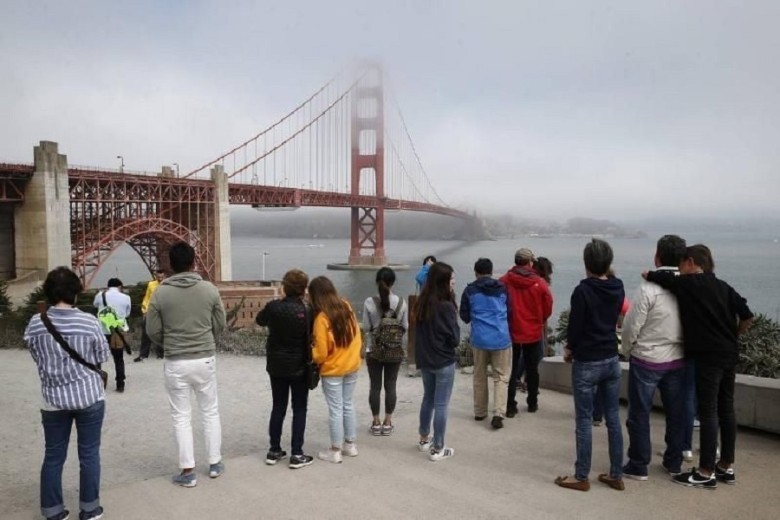
But what people don't think about while gazing at a technical masterpiece comparable to the Panama Canal is that in its watery shadow, a completely different story lurks.
377 feet deep and full of secrets
The water beneath the Golden Gate Bridge, reaching a depth of approximately 377 feet at its lowest point, undoubtedly holds more than a few ghostly stories from the past. And the National Oceanic and Atmospheric Administration has made it their mission to bring these eerie tales to the surface.

Now, they only have to use their remote-controlled underwater robots to search the bottom of the Golden Gate Strait, uncovering what time and water currents have concealed.
One of the natural harbors of the world
The thing is, the NOAA's excavation plan is not as simple as it sounds. The Golden Gate Strait is nothing more than a small, kilometre-wide body of water connecting the San Francisco Bay to the Pacific Ocean. And it is notorious for hiding treasures beneath its waves.
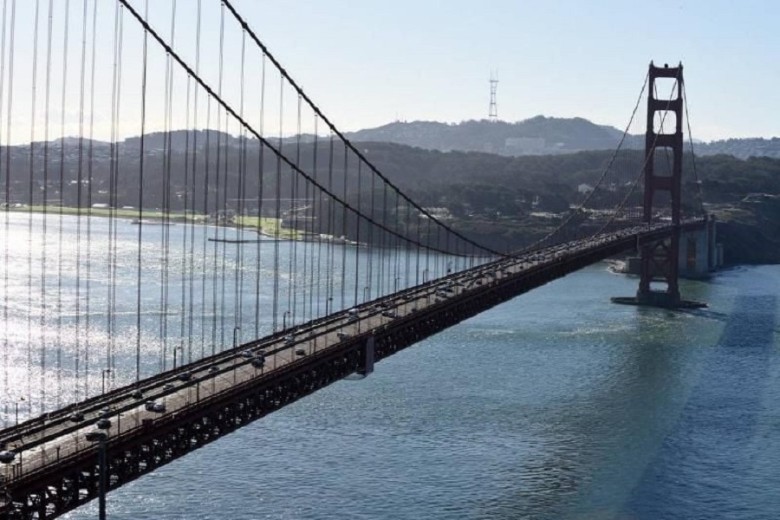
As one of the natural harbors of the world, historians find it astonishing that the Spanish conquistadors knew nothing of it and sailed past it when they first set foot on Californian soil.
The bay remained hidden until the 18th century
The NOAA has long been notorious for being shrouded in fog most of the time and surrounded by rocky terrain, rough waters, and more than one pirate.
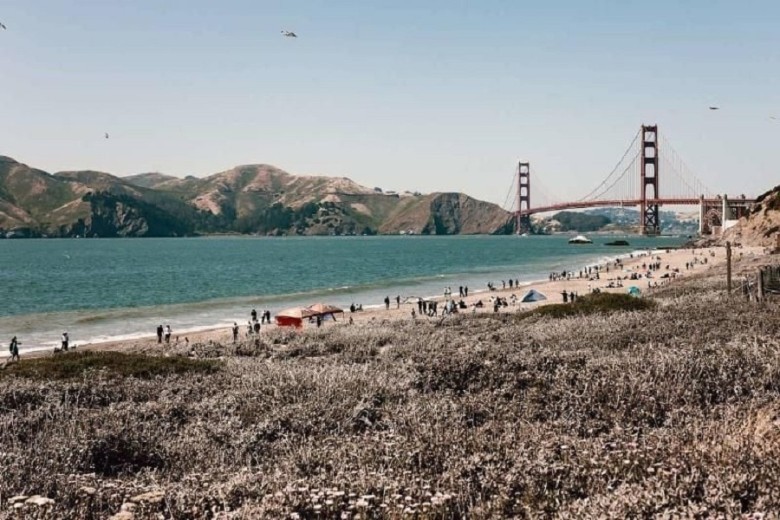
There is a reason why the bay remained hidden until the Spanish finally stumbled upon it in the 18th century, as navigating the strait was anything but smooth sailing. More than one ship was shattered on the rocks. But the NOAA was not deterred by this.
Many people fell victim to the water
With the wild currents of the Pacific Ocean, disasters often befell those who attempted to reach the safety of the bay. Without navigational charts and instruments, the early settlers in northern California had nothing but their own sight.
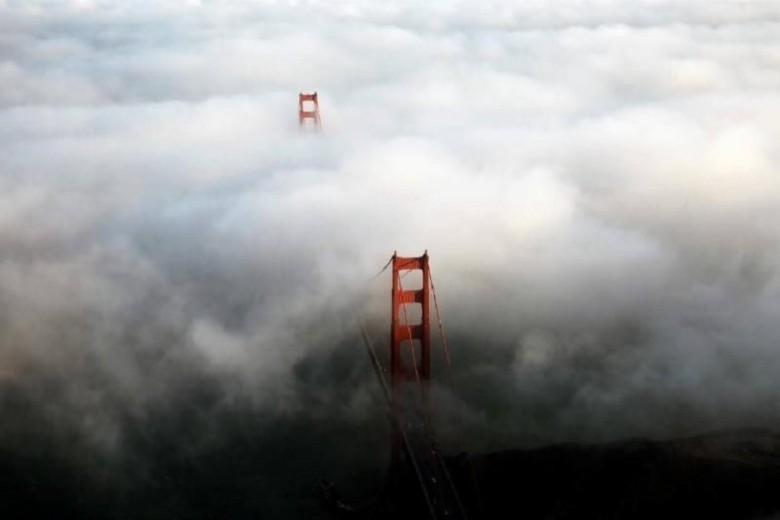
Which, honestly, is the best under circumstances when traversing an area known for its fog storms. Still, enough of them managed to make it through the strait into the bay and settle along the shores around the harbor.
Captain John Montgomery changed everything
First settled by the Spanish on June 27, 1776, it took more than a few years for Yerba Buena to be ceded to the rest of the United States. Then, in 1846, Captain John Montgomery sailed into the bay, claimed the land for the United States, encountered no resistance, and hoisted the first American flag on its shores.
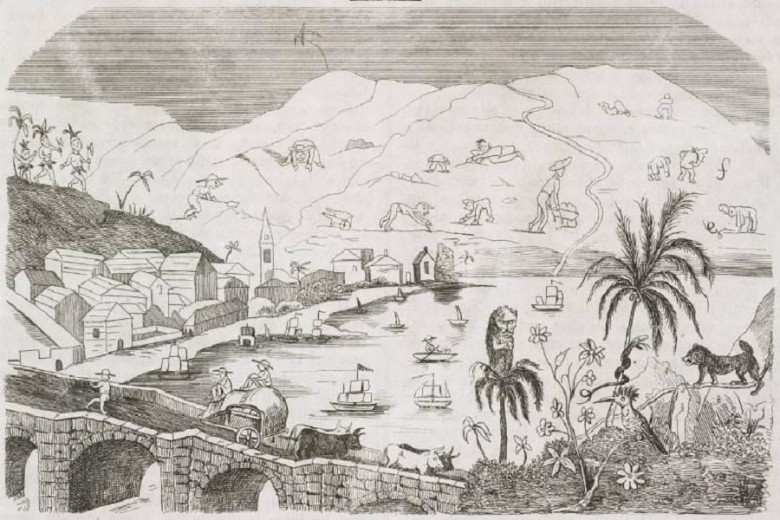
A year later, Yerba Buena was renamed San Francisco. And in 1850, California became the 31st state of the United States, just in time for the gold rush.
The population continued to grow
Even after the frenzy of the California Gold Rush subsided in 1855, the San Francisco Bay remained one of the area's most important ports for people and goods.
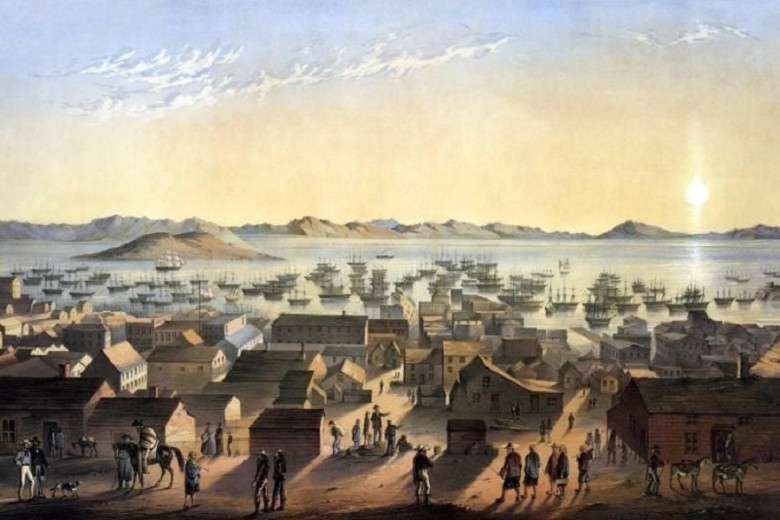
With so many people arriving along the coast of San Francisco by ship, it was time to figure out how to navigate the rough strait. But it would take a while longer for the Golden Gate Bridge to become a landmark of the Bay Area.
San Francisco lagged behind other cities
Before the rust-colored Golden Gate Bridge spanned the waters of the Golden Gate Strait, people arrived at the coast of San Francisco by boat, the easiest way to cross the strait.
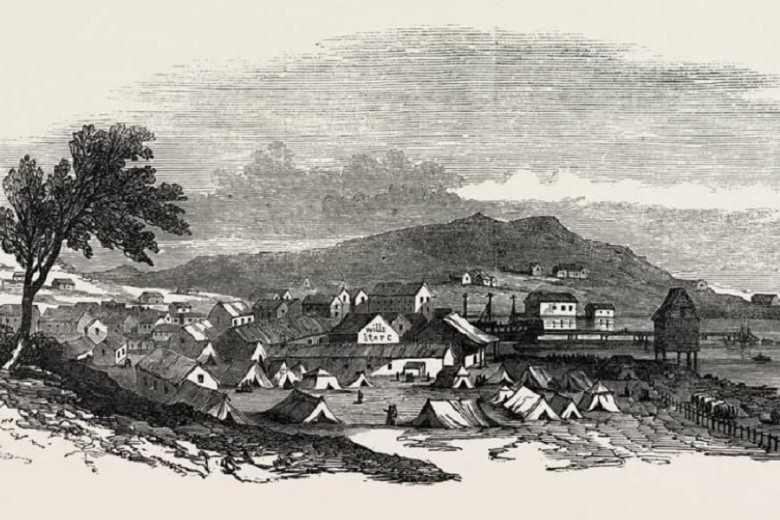
The thing is, the hidden area hindered the city's growth. Due to its isolation, it was difficult to bring goods into the city. San Francisco did not grow nearly as fast as the rest of the American metropolises.
It was time to find a solution
So, the brainstorming began. And people started to think about another way to transport people across the bay that did not involve ferry service. Ironically, the idea of building a bridge was considered impossible.
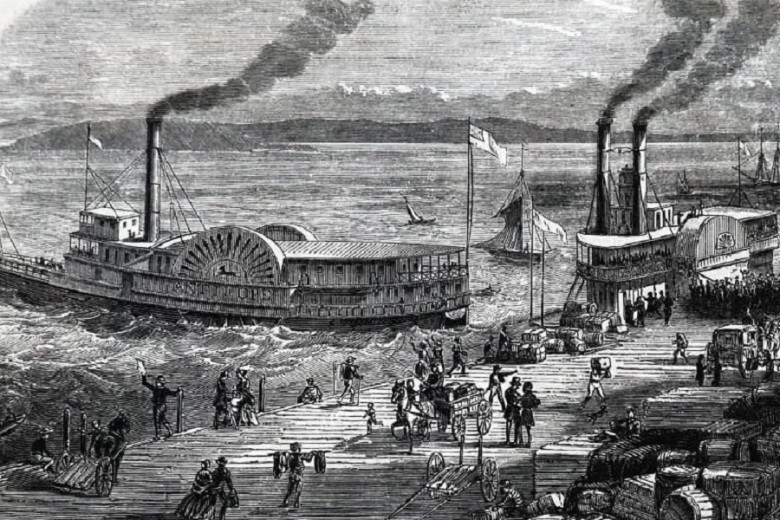
The uncertain foggy weather on the Northern California coast, not to mention the strong currents and tides of the Golden Gate Strait, are not the best conditions for construction work. But that does not mean people completely ignored the idea.
The World's Fair of 1915 was only the beginning
While many people didn't believe such a structure could ever be built, they knew it would be something incredible if it were possible in the end.
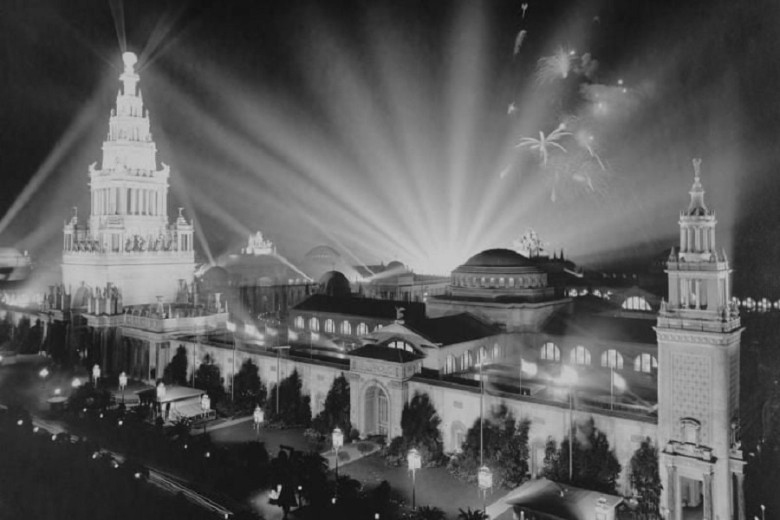
A bridge large enough to span the strait, and tall enough to allow larger ships to pass underneath into the bay. It wasn't until 1915, after the Panama-Pacific International Exposition World's Fair in San Francisco, that the idea of a great bridge took shape.
The proposal: A combined suspension and cantilever bridge
Engineer Joseph B. Strauss was the first to propose a combined suspension and cantilever bridge spanning the strait, connecting San Francisco with what people now know as Marin County.
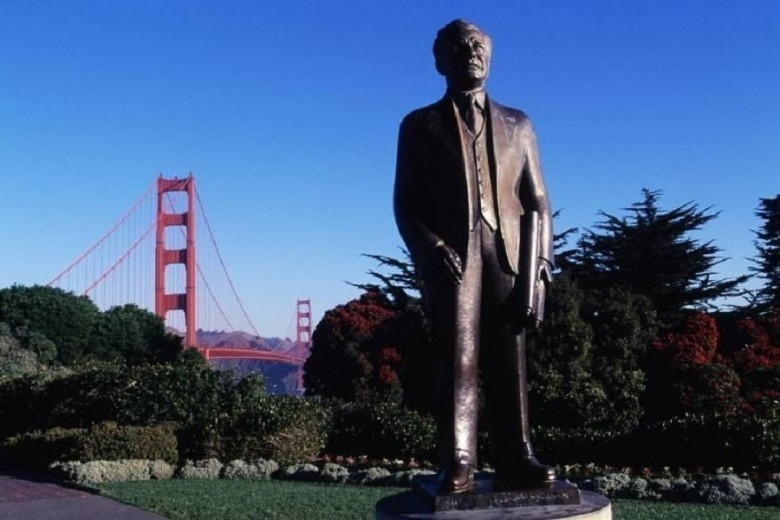
Of course, it took a few years from Strauss' original idea in 1921. But after a few years, many revisions, and a lot of construction work, the Golden Gate Bridge was built. It was the longest and tallest of its kind at the time.
The opening day took place in 1937
The Golden Gate Bridge was officially opened on May 27, 1937. The bridge was completed during a time of economic crisis in the United States and was a symbol of hope and progress in the Bay Area.
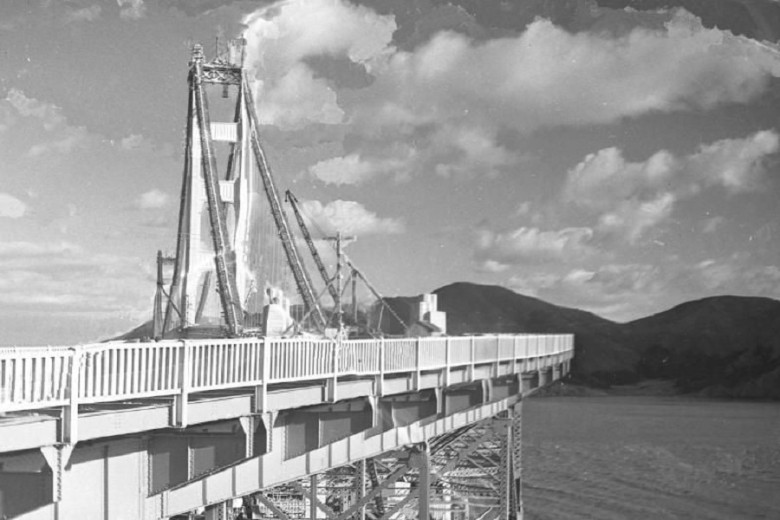
Today, it is arguably one of San Francisco's most sought-after tourist attractions, attracting around ten million visitors annually and carrying over 100,000 vehicles daily from the coast of San Francisco to Marin County.
What else is there to discover amidst the daily traffic?
With so much pedestrian and vehicular traffic, it seems unlikely that there is still something to discover about San Francisco's landmark. But that's just scratching the surface.
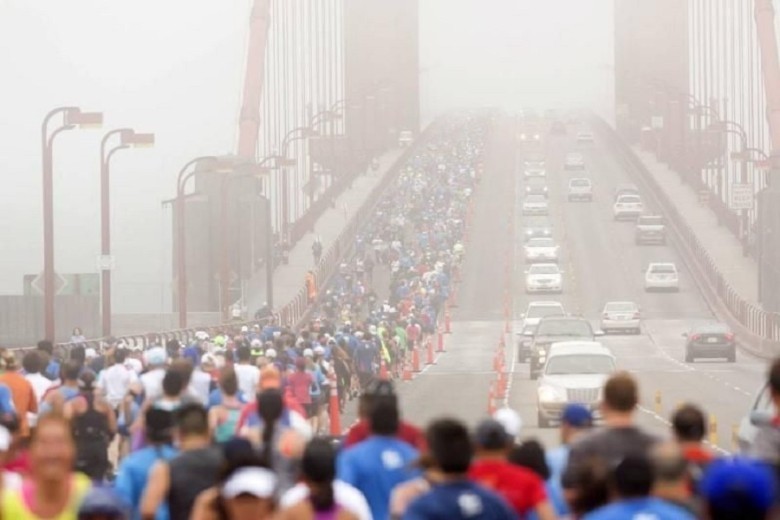
Looking beneath the watery shadows of the Golden Gate Bridge, there are still many mysteries to solve and relics to find. Now, it's up to the NOAA to bring to the surface what it can. It's just a question of what they will find.
NOAA is well-equipped for underwater discoveries
The National Oceanic and Atmospheric Administration (NOAA) is a scientific agency focused on the conditions of major waterways around the world. In this specific case, they have set their sights on the Golden Gate Strait and what lies beneath its watery depths.
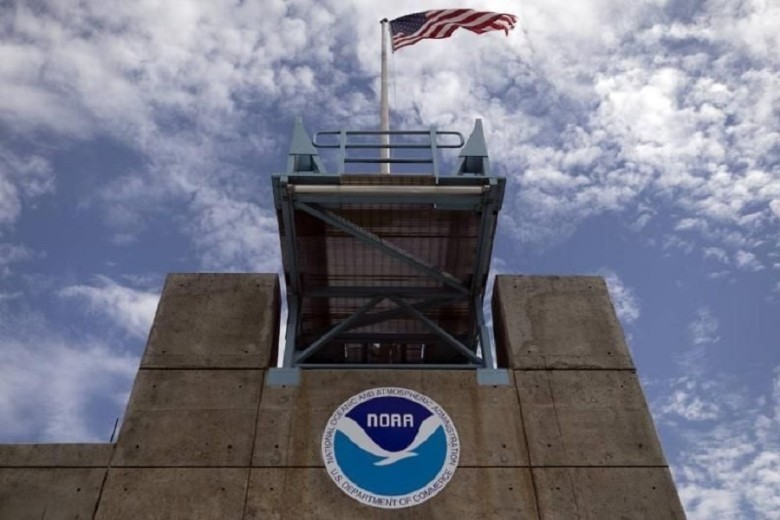
Fortunately, the organization is filled with top-notch marine archaeologists and researchers who have prepared them well for their mission. But nothing could prepare them for what they would discover in the water.
Their main goal is to monitor the world's waterways
Part of the National Oceanic and Atmospheric Administration's mission is to monitor the oceans and major waterways around the world, including the 330,000 square miles of the Greater Farallones National Marine Sanctuary.
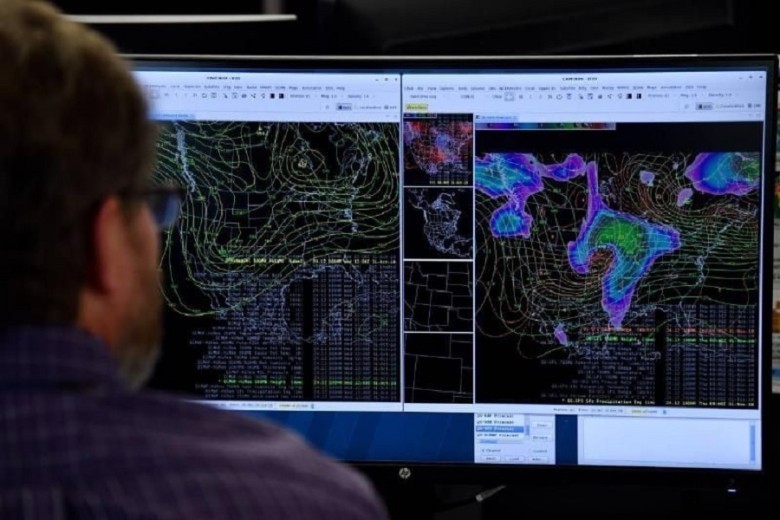
Scanning the seabed in search of something extraordinary is just one of their many objectives. But it's this particular talent that led them to the Golden Gate Bridge and the water it spans.
NOAA has a lot on their plate
Between swimmers, kayakers, tourists taking photos, and the numerous cars crossing the bridge every day, it's hard to imagine that anything about the Golden Gate Bridge is still a mystery. Well, people are mistaken.
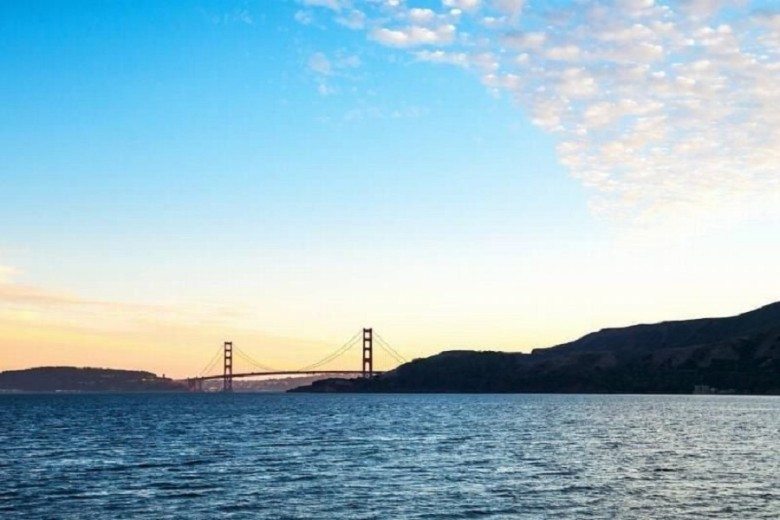
Over the years, swells, currents, and tides have caused more than one shipwreck. Now, NOAA has taken on the task of uncovering some of the stories left behind by these ships.
They found eight potential discoveries using sonar
A team of NOAA researchers began the scanning process west of the Golden Gate Bridge in September 2014. After reviewing their sonar scans of the seafloor, they identified eight potential sites worth further investigation.
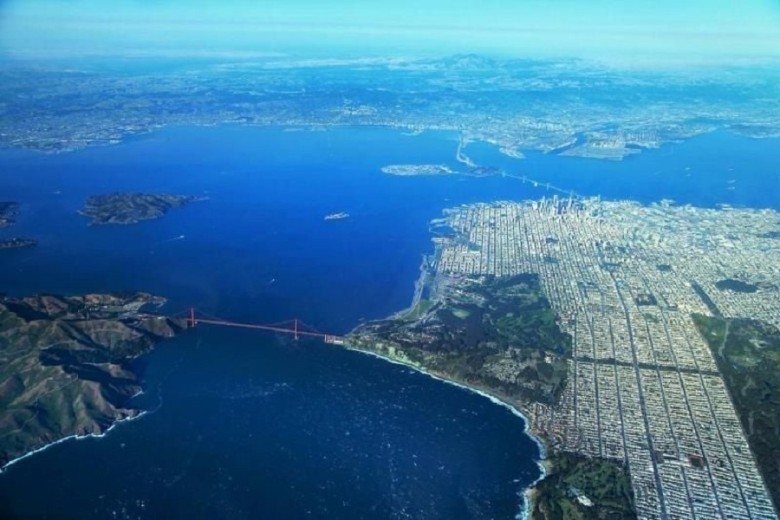
As it turned out, four of the eight sites were exactly what the research team was looking for. Four of the locations they scanned were shipwrecks! Now, it was time to introduce the robots.
It was time to bring in the ROV
Using a remotely operated vehicle (ROV), NOAA's team went to each individual site, combing the seafloor to see if there was anything interesting to find.
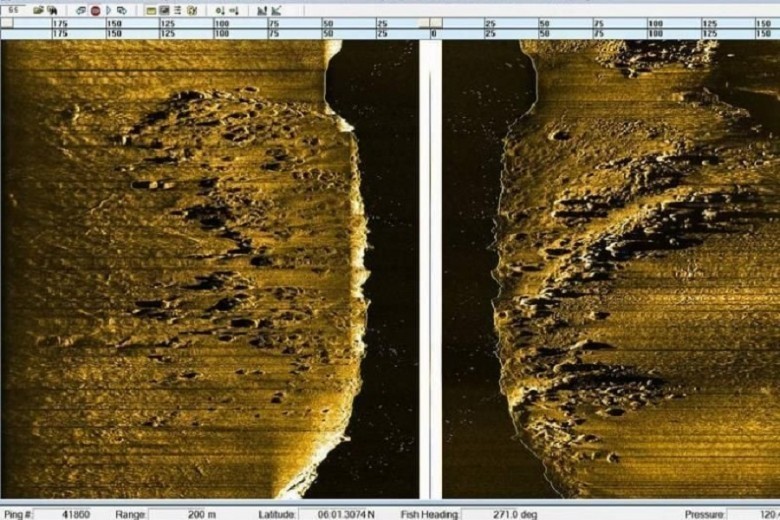
For a bridge presumed to hold no new secrets, there were many untold stories buried beneath its depths. Now, it was about uncovering the names of the ships, where they came from, and how they ended up in the waters beneath the Golden Gate Bridge.
Their first discovery
After some digging, NOAA discovered that one of the sunken ships was the Noonday, a clipper ship built for Boston merchant Henry Hastings. Unfortunately for Hastings, the ship went under on its fourth voyage to San Francisco on January 1, 1863.
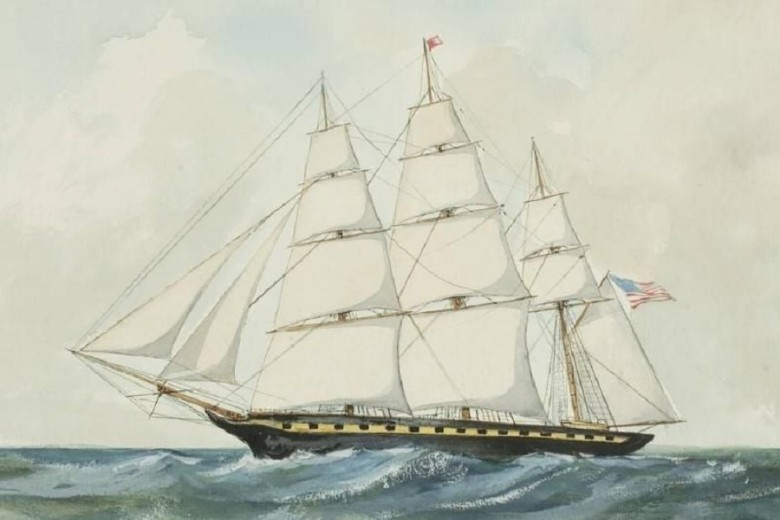
Fortunately, the harbor was in sight when the ship ran aground on a treacherous rock, taking on water. This allowed all the men to reach safety. But the same couldn't be said for the ship's cargo.
Noonday could see the shore but encountered a rock
Seeing the port of San Francisco after a 139-day journey from Boston must have been a relief for the men on the Noonday. But as fate would have it, the ship would never make it into the harbor.

Eight miles away, Noonday encountered a rock, quickly taking on water. In their desperate rush to abandon the sinking ship, Captain Hastings and his crew were able to take a few of their personal belongings but had to leave the rest of the valuable cargo on board.
The rock became known as Noonday Rock
While all the men escaped with their lives, the ship sank to a depth of about 40 fathoms. However, the cargo still onboard was valuable, and more than one person attempted to retrieve it from its watery grave. Unfortunately, anyone who went into the water came back up empty-handed.
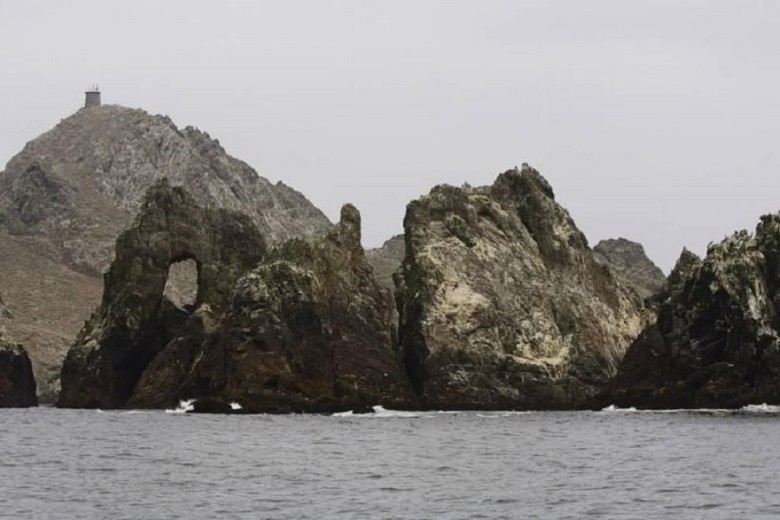
Ironically, the rock that the ship struck is now known as Noonday Rock, part of the Farallon Islands chain in San Francisco. And although this landmark is known, the exact location of its namesake in history has been lost.
It was time for further investigation
With the rediscovery of the long-lost Noonday by a team of NOAA researchers in 2014, there was still much to be done. After reviewing their sonar scans, a volunteer noticed a structure that appeared to be roughly the same size as the sunken ship.
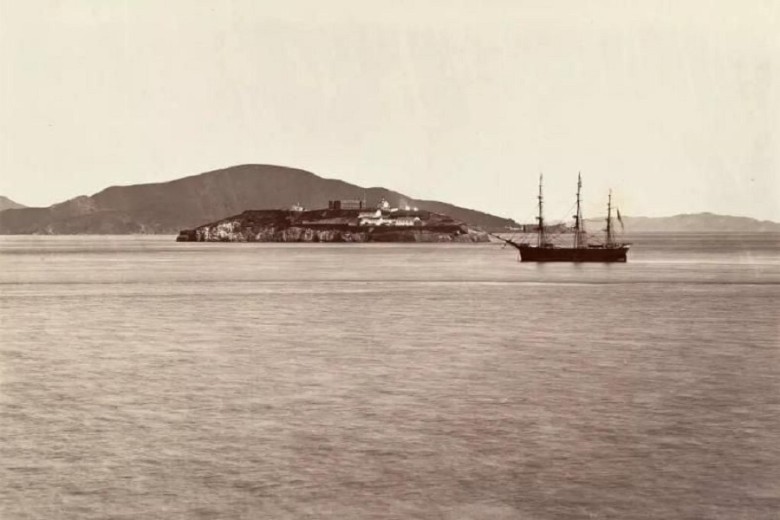
Not only that, it was also not far from Noonday Rock, which the ship was named after. So they set out with an ROV to further investigate the point captured by their sonar equipment.
The ship was not visible
While the sonar may have detected a structure, unfortunately, the ROV didn't capture anything tangible. But one thing was clear: NOAA had definitely found the final resting place of the 1863 sunken clipper.
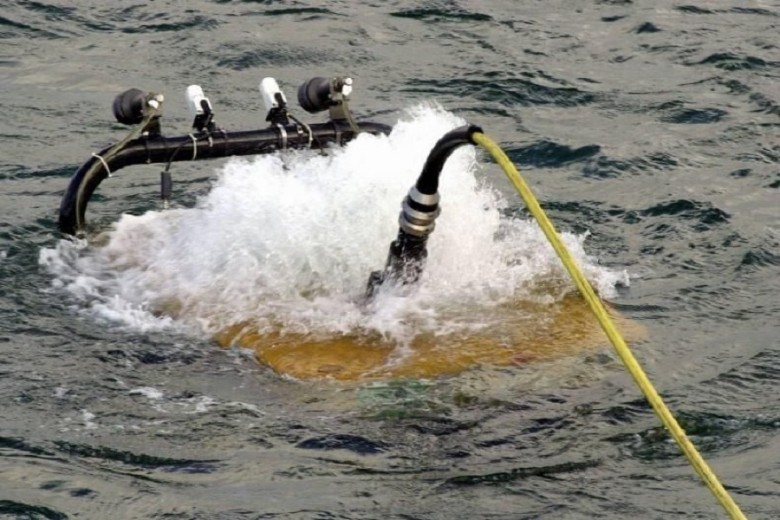
During an interview with AP, James Delgado of NOAA said, "It is the Noonday. The signal is very clear. But they didn't give up; there were still three more sites to search. This next ship was visible to the NOAA team, but the depth to which it sank is quite remarkable. How deep? The answer is coming soon."
Next, the S.S. Selja
One of the other sites that NOAA came across during their investigation revealed the long-lost ghost ship of the S.S. Selja, a workhorse cargo steamship that sank in 1910.
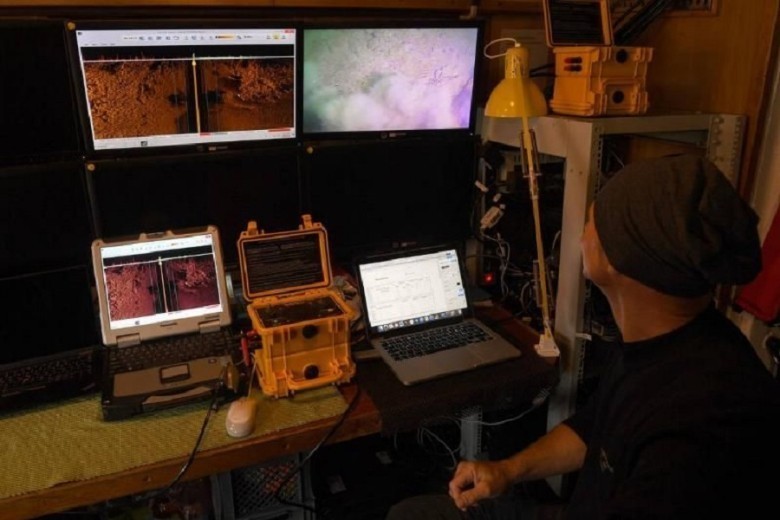
This particular tanker, chartered by the Portland & Asiatic Steamship Company, was responsible for trade between Asia and the Pacific Northwest, specifically carrying flour and lumber. On January 22, 1910, the S.S. Selja made its final trading route off the coast of Portland, Oregon.
A fateful collision
On this fateful day, the S.S. Selja collided with another cargo ship, the S.S. Beaver. By the time the captain heard the whistle of the ship rounding Point Reyes, it was too late. Approximately 700 miles off the coast of Portland, Oregon, west of San Francisco, the S.S. Selja sank in 180 feet of water.
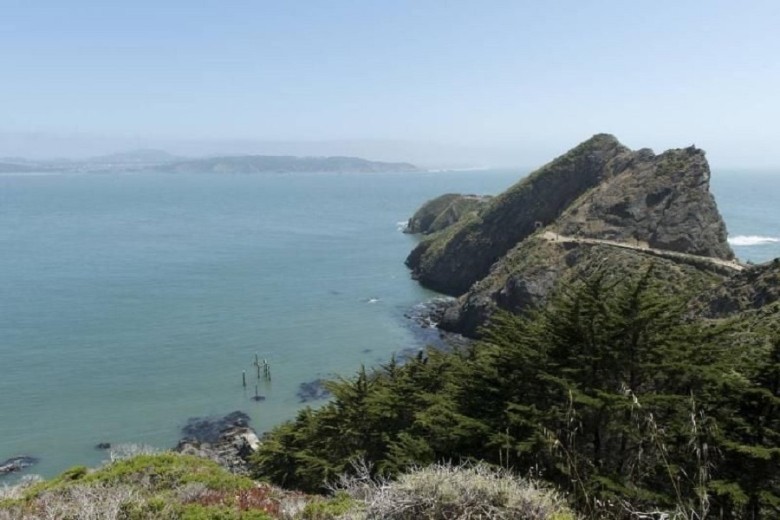
In a formal statement, the captain of the SS Beaver, William Kidston, said, "The SS Selja sank head first within ten minutes after being hit. She sank in 30 fathoms of water..."
You could explore the S.S. Selja
While the collision caused more than one "it was his fault" argument, it was determined that both captains were responsible for the wreck. After the ruling, the S.S. Selja was ultimately forgotten.
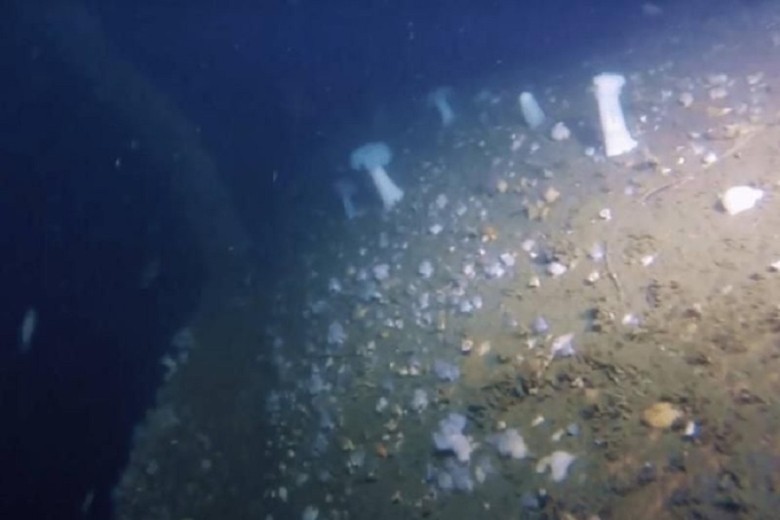
Until NOAA researchers found something that looked like the ghost ship on their radar west of the Golden Gate Bridge. Unlike the Noonday, buried under who knows how much sand, the S.S. Selja was out in the open and ready for exploration.
NOAA didn't stop at the two ships
Although the NOAA team was able to uncover the truth behind two of their sonar discoveries, there were two more sites they wanted to investigate.
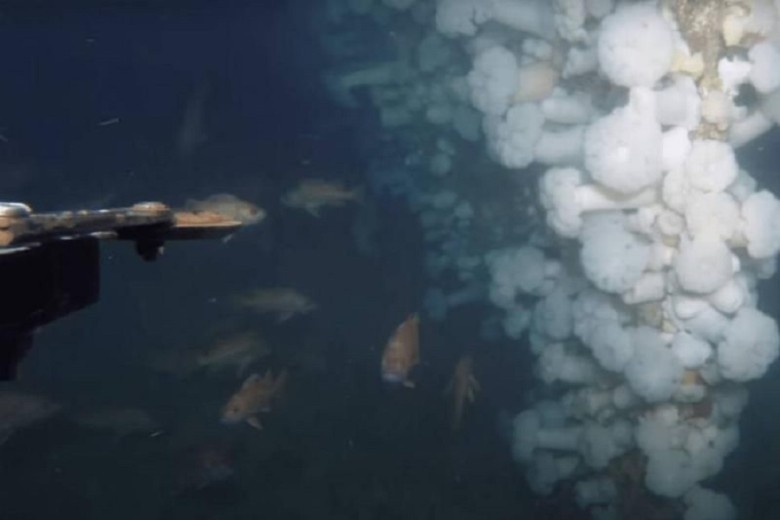
As it turned out, one was badly preserved and covered in fishing nets, unable to be given a definite name. The other was actually intact but was nothing more than an unnamed tugboat resting on the seafloor after an accident.
The area is full of shipwrecks
While they couldn't name the last two boats, a big question still arises: why are the waters beneath the Golden Gate Bridge full of shipwrecks? Well, one reason definitely has to do with the amount of boat traffic going to and from the port.
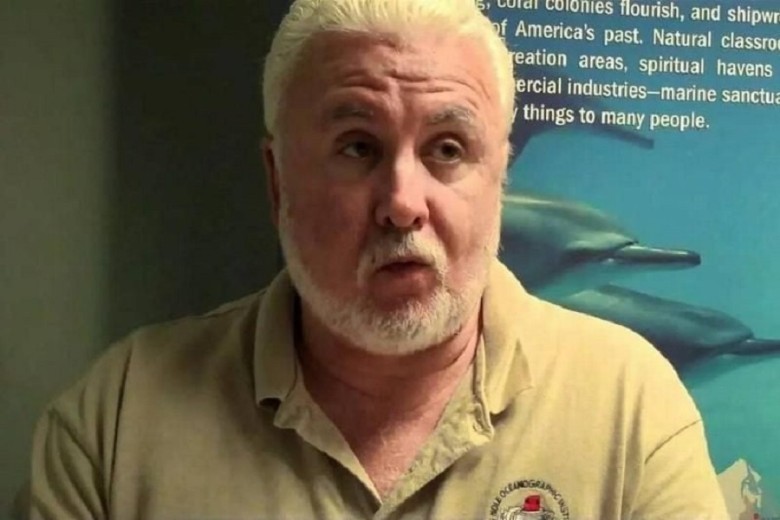
During an interview with Live Science, NOAA researcher James Delgado said, "We're looking at an area that was a funnel to the busiest and most important American port on the Pacific Coast."
There are approximately 300 wrecks in the area
According to Live Science, around 300 shipwrecks are scattered throughout the Greater Farallones National Marine Sanctuary and the Golden Gate National Recreation Area. The oldest documented wreck is the Spanish galleon called San Agustin, which sank in the 16th century.
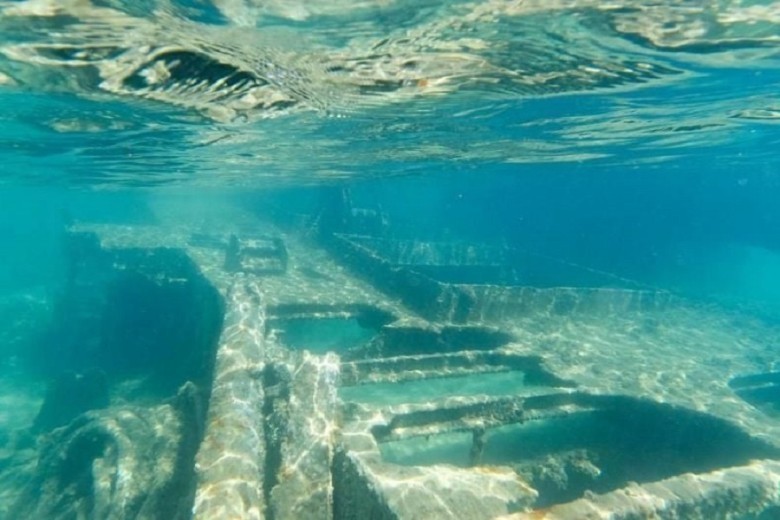
Fortunately, the most recent shipwreck occurred in 1980 with the explosion of the S.S. Puerto Rican, which happened just a few hours after the tanker had left the port of San Francisco en route to New Orleans. All of these discoveries are amazing, but none quite as remarkable as NOAA's discovery of one of the most famous ships to sink Note it sank in 1901.
Months before
While the NOAA may have discovered a few long-lost ships, four is nothing compared to the ghost ships haunting the depths beneath the Golden Gate Bridge. Many of them still need to be discovered, let alone explored.
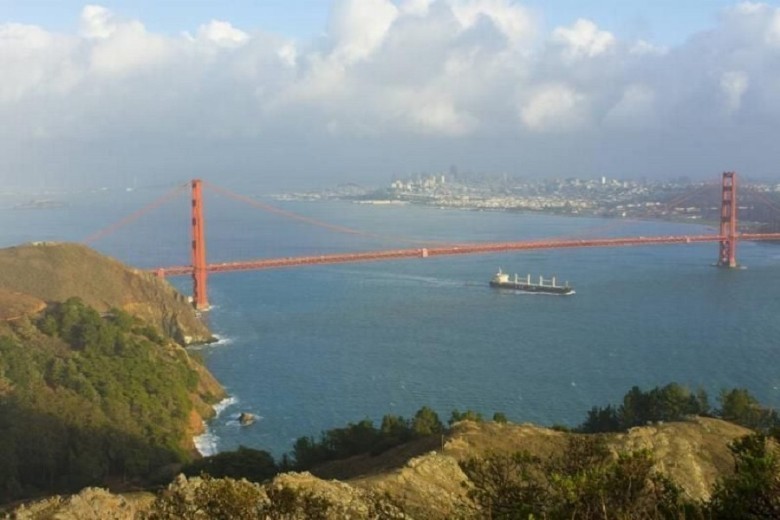
But even before their 2014 investigation, NOAA was seeking the secrets beneath the bridge's waters. And a few months before their other four discoveries, they found something that was believed to be lost forever.
The S.S. Chester took 16 people with it
Lost for well over a century, NOAA researchers stumbled upon the ghost ship of the S.S. Chester. During its final journey from the port of San Francisco to Eureka, California, the steamship met its end.
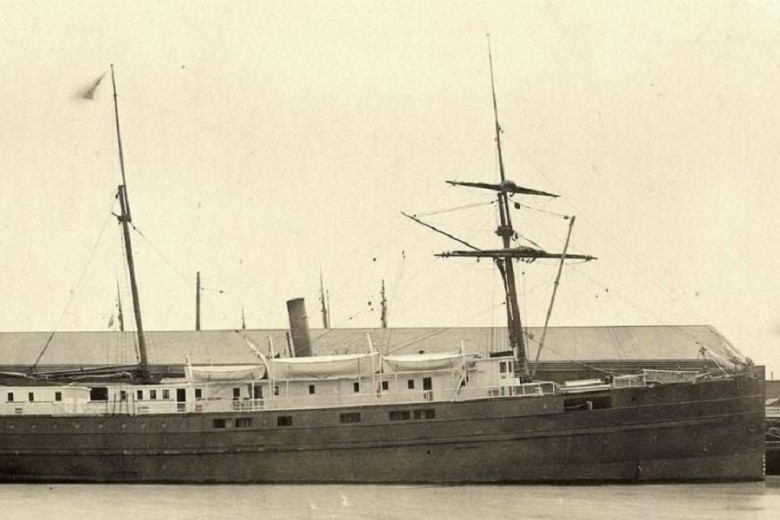
Hardly out of the harbor, the S.S. Chester collided with another ship, the R.M.S. Oceanic. The accident left a hole directly through the former ship's port side. It sank within minutes, taking 16 people into the abyss.
NOAA found the steamship in 2014
Although the S.S. Chester sank quite close to the Golden Gate Bridge, it had been lost for almost 120 years. But in 2014, the NOAA research team happily announced that they had successfully located the steamship.
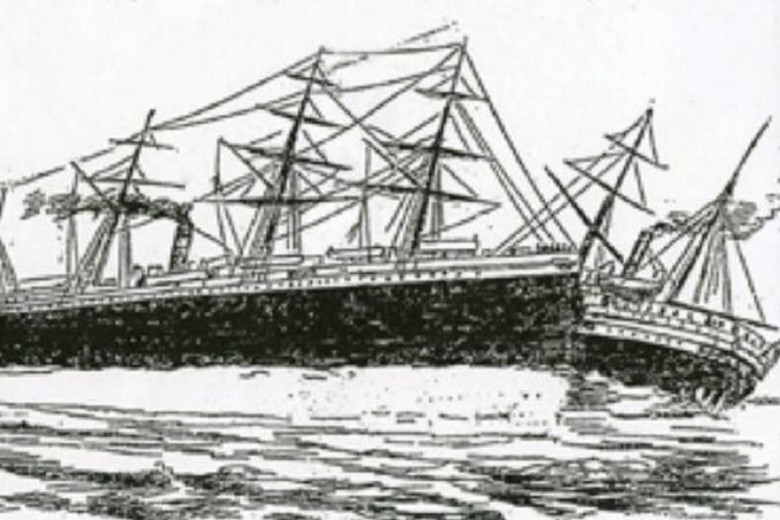
Not only did they locate the ship, but they were also able to explore it using ROVs. To their surprise, the ship was in fairly good condition after all those years on the sea floor.
California's most famous shipwreck
But that was not the last lost ship the team discovered in 2014. That year, NOAA released one of the first photos of what is likely one of the most famous shipwrecks on the California coast.
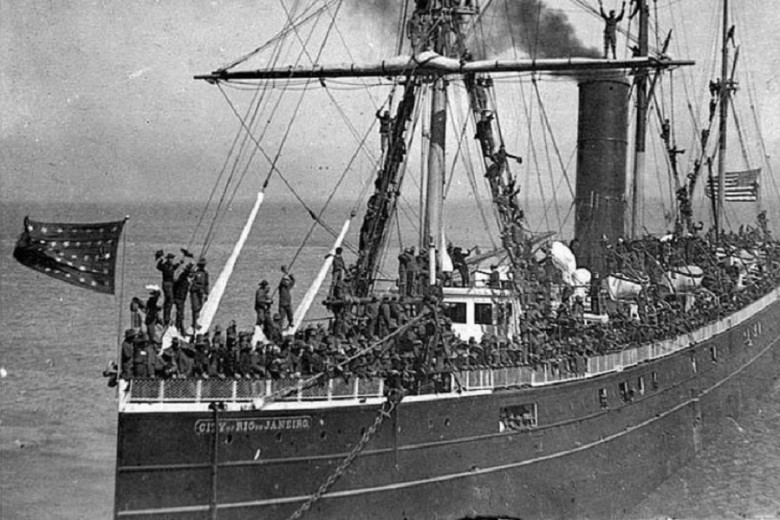
In 1901, the S.S. Rio de Janeiro met its end as it attempted to navigate through the narrow strait on a very foggy morning. The ship struck some rocks, sank within minutes, and plunged into the cold waters of the Pacific.
Dubbed the "Titanic of the Golden Gate"
Unfortunately, aboard the S.S. Rio de Janeiro were about 210 people, most of whom were immigrants looking to build a new life in the United States. Of those approximately 210 people, about half perished with the ship.
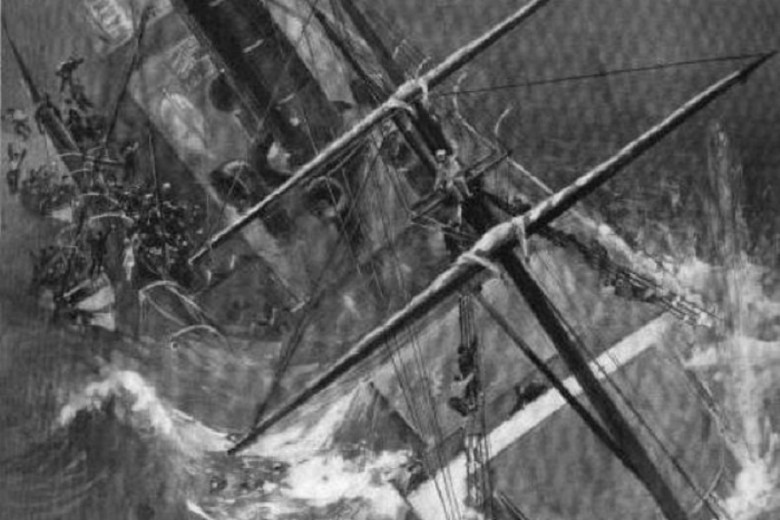
After the ship sank to the bottom of the cold ocean, history remembered the proud vessel's last voyage and called it the "Titanic of the Golden Gate."
NOAA created a 3D model of the ship
The final resting place of the S.S. Rio de Janeiro lies under nearly 290 feet of water and is not far from the Golden Gate Bridge. Considering how long it had been underwater, there was no safe way for the NOAA team to bring it to the surface. The thing is, they didn't have to.
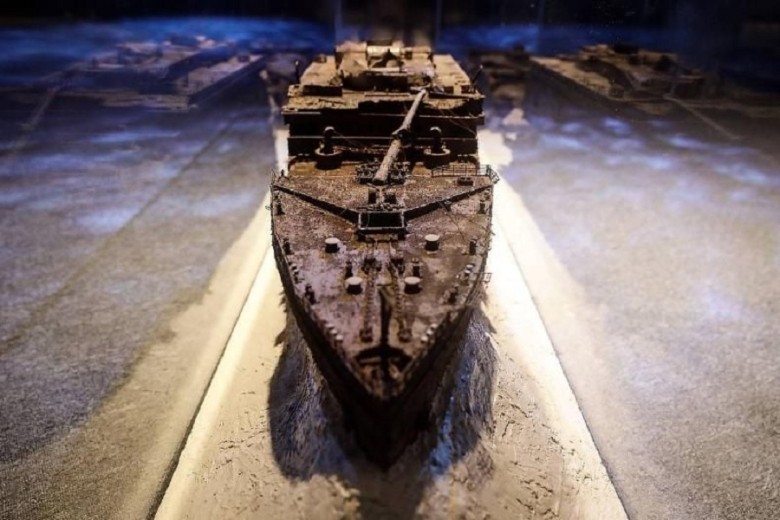
Using 3D modeling techniques and sonar, the team was able to carefully construct a model of what the steamship would look like today if it were still functioning.




















Comments
0 comment